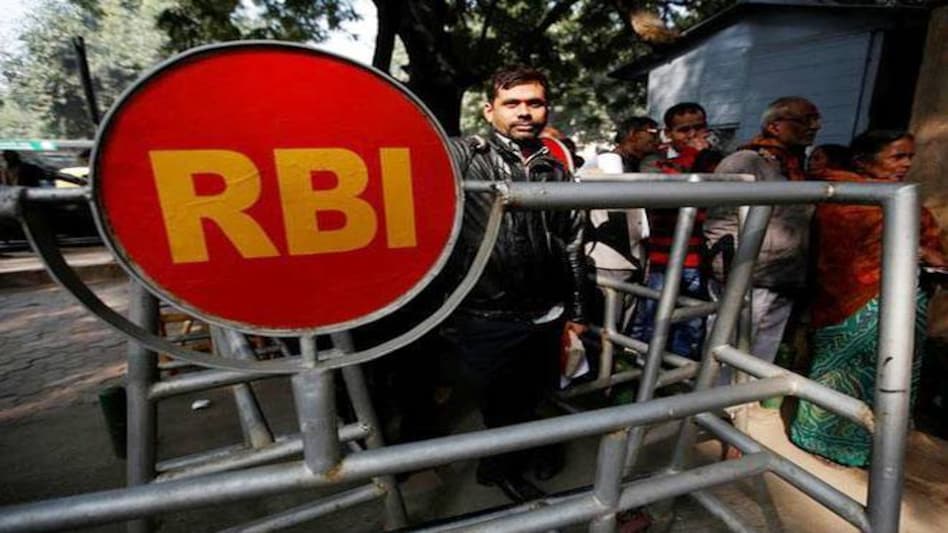 Photo: Reuters
Photo: Reuters  Photo: Reuters
Photo: Reuters While critics have argued that Prime Minister Narednra Modi's black money jolt last year brought down India's GDP growth by almost 1 per cent, Finance Minister Arun Jaitley defended the move saying that idea behind demonetisation was to not just root out black money but also to increase transparency, digitisation, tax base, formal sector, minimize the cash in the economy and to curb terror funding.
Even though there may be little evidence to suggest that India became a more formal economy after note ban, one can take some solace in the fact that the 99% of scrapped currency notes that came back to the banking system have now been accounted for and tax authorities are pursuing people who had deposited illicit money in the banks. However, with demonetisation, it seems the government and RBI had much to lose.
Demonetisation was the one of the main reasons for Reserve Bank of India's lower-than-usual profits. The government too received a lesser dividend from the central bank as compared to what it received in the previous financial year. RBI transfered a meagre Rs 30,659 crore as dividend to the government for the year ended June 2017, which is less than half of what it gave to government a year ago, Rs 65,880 crore to be precise.
While income for the year 2016-17 decreased by 23.56 per cent, the expenditure increased by 107.84 per cent. The year ended with an overall surplus of Rs 30,659 crore as against Rs 65,876 crore in the previous year, representing a decline of 53.46 per cent.
The net income from domestic sources decreased by 17.11 per cent from Rs 52,157 crore in 2015-16 to Rs 43,232 crore in 2016-17 mainly due to higher net expenditure on interest on account of absorption of surplus liquidity in the banking system post withdrawal of Specified Bank Notes.
RBI incurred a total expenditure of Rs 7,965 crore on printing currency notes in 2016-17, which is more than double the Rs 3,420 crore spent year before that. The rise in cost of printing could be attributed to printing of new currency notes during remonetisation.
"The upsurge in expenditure during the year was on account of change in the production plan of printing presses due to the introduction of new design notes in higher denominations as well as the requirement of larger volume of notes for replacement of the demonetised currency," RBI said in its annual report.
"To ensure availability of banknotes across the country at the shortest possible time subsequent to the demonetisation, banknotes had to be frequently air-lifted from the presses to the Issue Offices of the Reserve Bank as well as directly to currency chests that contributed to the increase in the cost of distribution of banknotes," it added.
Another huge expenditure was the Rs 13,140 crore provision that the RBI set aside towards its Contingency Fund. Provisions were at Rs 1,000 crore a year ago. Contingency Fund represents the amount set aside on a year-to-year basis for meeting unexpected and unforeseen contingencies, including depreciation in the value of securities, risks arising out of monetary/exchange rate policy operations.
Data released by the RBI in its annual report stated that out of Rs 15.44 lakh crore worth of currency notes that were taken out of circulation, Rs 15.28 lakh crore have returned to the banking system and around Rs 16,000 crore is yet to be deposited back to banks.
Without taking into account the individual hardships during demonetisation, the above data along with the economic cost of the demonetisation exercise itself, which includes sacrificing an estimate 1 per cent of GDP growth, one can easily say that economists hailing Prime Minister Narendra Modi's move to scrap high value currency notes as the single biggest 'surgical strike on black money' have a lot to answer.
Copyright©2025 Living Media India Limited. For reprint rights: Syndications Today